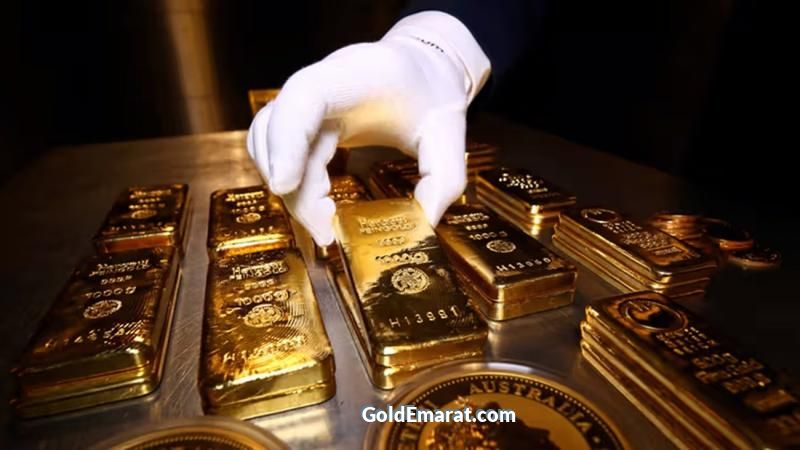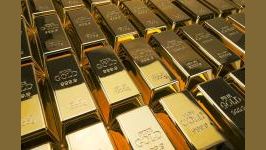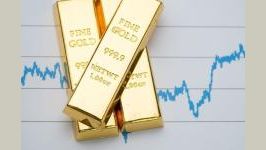Where Are Gold Prices Headed Next?
Sunday 17 Aug 2025 03:20 AM

The world's gold prices have recently witnessed a notable surge, reaching new record levels. This increase is influenced by various factors such as the rise in investments in gold exchange-traded funds and growing geopolitical tensions, although some analysts predict a possible decline in prices. Several elements contribute to the rise in yellow metal prices, including increased investment rates in gold exchange-traded funds, which bolster demand.
Political tensions globally often lead investors to seek safe havens like gold, which in turn raises its prices. A weaker dollar makes gold more appealing to foreign buyers, while recent financial incentives and a wave of public spending have triggered inflation, increasing the popularity of purchasing gold as a reliable buffer.
Gold markets are viewed as a safe investment haven for all clients, whether individual investors or sovereign funds. President Donald Trump's recent announcement regarding waiving tariffs on gold bullions has ended the uncertainty concerning this precious metal's prices. Additionally, future contract prices experienced a significant leap after America announced imposing tariffs on imports of bullion weighing up to one kilogram.
This decision poses a significant threat to Switzerland, which dominates the bullion market, with exports estimated at about 36 billion dollars, accounting for over 66% of Switzerland's trade surplus with America during the first quarter of this year, according to Swiss customs administration statistics.
Switzerland, considered a hub for refining gold and a major transit point, faced tariffs of about 39% on all its imports to America of luxury watches, chocolates, and cheeses. The cost of one kilogram of bullion is estimated at around 89,000 British pounds, while the cost of one-ounce pieces reaches about 2,500 British pounds.
Bullion refers to a piece of gold or silver with a purity level of about 99.5%. Trump’s recent announcement led to concerns about bullion exports, as U.S. gold futures fell by about 2.4% to 3,407 dollars per ounce. Gold prices have risen by about 26% during the first half of this year, outperforming most other assets, as investors seek protection from economic and geopolitical shocks.
Exchange-traded fund investors stole the spotlight in the second quarter of this year, increasing the overall global investment demand for gold by an annual rate of 78%, contributing to the strongest semiannual performance since the first half of 2020, which broke records.
While the demand for exchange-traded funds in the second quarter marked a noticeable shift from outflows during most of 2024, it challenged some profit-taking operations when the gold price dropped from an average peak of 3,280 dollars per ounce during the second quarter—a 40% annual increase and 15% quarterly increase.
The total quarterly demand for gold in the second quarter of this year amounted to about 1,249 tons, marking an annual increase of 3%, amidst a noticeable rise in the precious metal's prices.
Exchange-traded funds remained a backbone of investment demand in the second quarter, with strong inflows in April and June offsetting the May decline. Adding the record inflows of the first quarter this year, global demand for exchange-traded funds during that period is estimated at about 397 tons, marking the highest semiannual level since 2020.
Central banks continue purchasing gold in the second quarter despite a slow pace, adding around 166 tons. Despite this slowdown, central banks' gold purchases remain high due to ongoing political and economic uncertainty worldwide.
Western market trends vary; while European investments more than doubled to 28 tons, U.S. demand for bullions and gold coins fell by half to about 9 tons.
Gold Market News

31 Oct 2025

30 Oct 2025

28 Oct 2025

28 Oct 2025

27 Oct 2025
